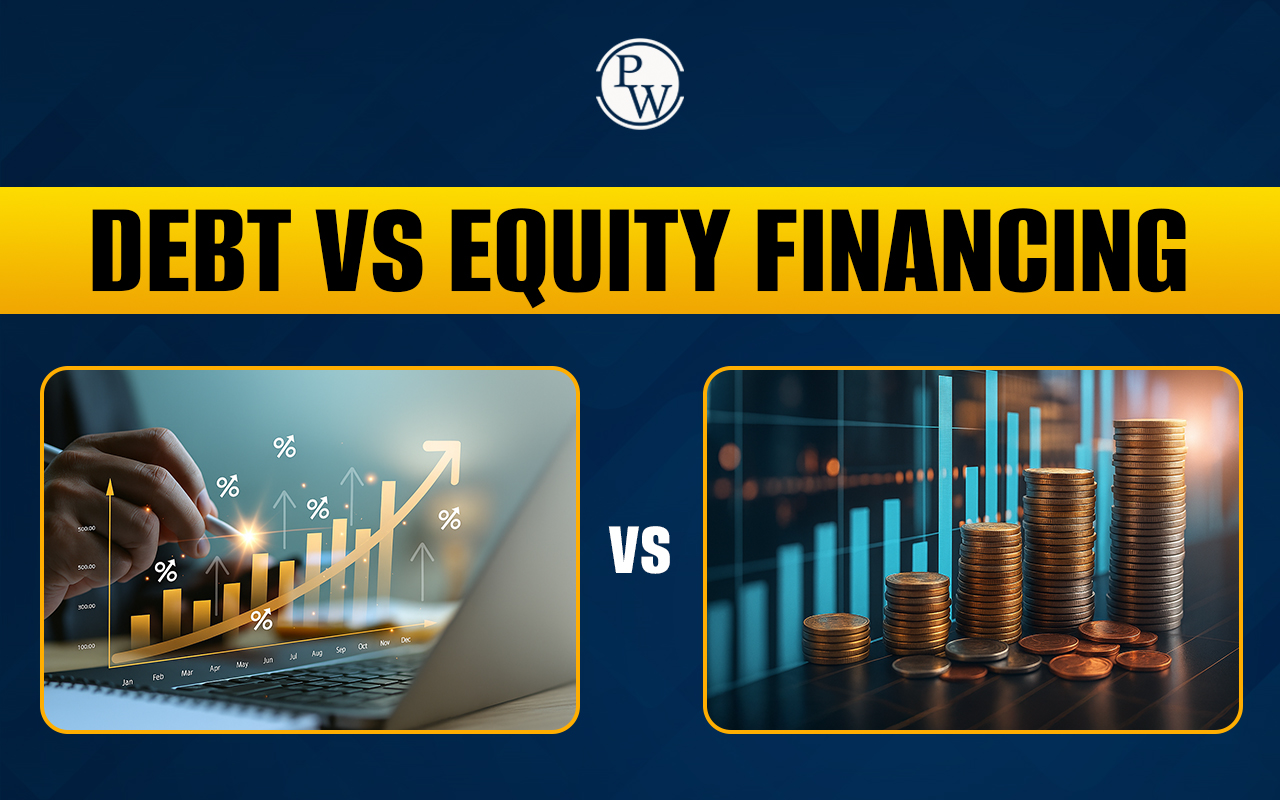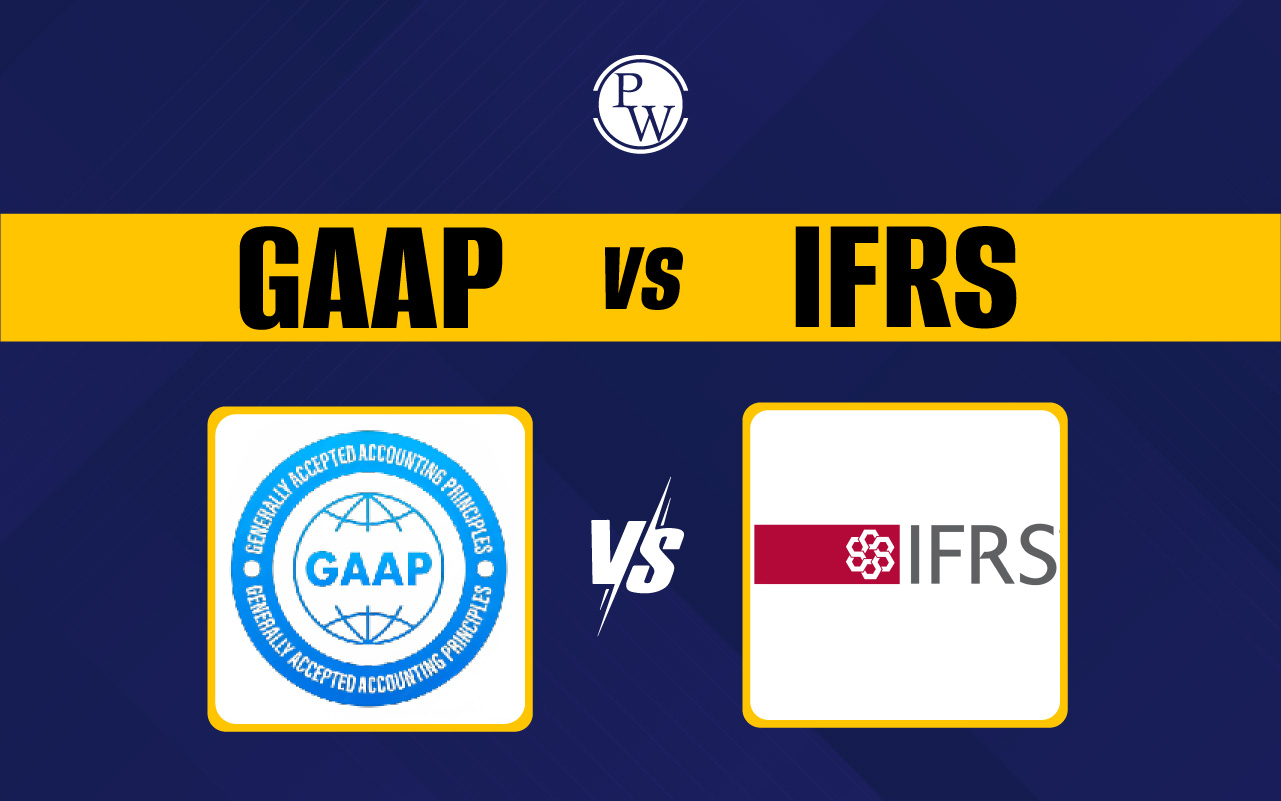

Though standard business loans are adequate for the typical financing needs of businesses, the funding demands escalate for large or mega projects. To address the funding requirements of these projects, project financing proves to be a practical choice. These are particularly beneficial for industrial, infrastructure, or similar development initiatives. Let’s explore the definition of project financing and its operational principles.
Project finance is a specialized approach to funding extensive, long-term infrastructure, industrial endeavors, and public services. In contrast to conventional corporate finance, which assesses a company's overall financial well-being, project finance focuses on the income-producing capability of a particular project. This article examines the intricacies of project finance, highlighting its features, benefits, and distinction from corporate finance. The assets or rights associated with the project serve as collateral security for project financing. These projects last for an extended time, resulting in virtually no revenue until the company starts its operations.
What is Project Finance?
At its core, project finance is the arrangement of financing based on the projected cash flows of a particular project, rather than the balance sheet of the project sponsor. The project is structured as a separate legal entity, a special purpose vehicle (SPV), which is responsible solely for the project's development, construction, and operation. Lenders look primarily to the project's future revenues as the source of repayment, with project assets and contracts serving as collateral.
Project finance is a financing technique used to fund large-scale, capital-intensive projects, such as power plants, airports, highways, and other infrastructure projects. It is a structured financing method that relies on the cash flow generated by the project to repay the loan, rather than the general creditworthiness of the sponsor or promoter.
This approach is particularly well-suited for projects that:
-
Require significant capital investment: Think power plants, pipelines, toll roads, and telecommunications networks.
-
Generate predictable and stable cash flows: Revenue is typically linked to long-term contracts or regulated tariffs.
-
Involve multiple stakeholders: Governments, private companies, and international development banks often collaborate.
Types of Project Financing
Now that we grasp the meaning of project financing, let’s explore the different types of project financing options available to you:
- Debt Financing: In this case, funds are acquired through loans from banks and financial entities, which must be paid back with interest.
-
Equity Financing: With equity financing, funds are sourced through the transfer of ownership in the project, represented as equity. In numerous projects, the financing comprises both debt and equity.
-
Funding: Often, specific projects receive funding from the government, foundations, or corporations if they satisfy the eligibility requirements.
-
Crowdfunding: Numerous crowdfunding platforms enable project financing. You may submit your project and list it on any crowdfunding platform. You can obtain support from many people who are interested in your project.
-
Sponsorships: Numerous companies provide sponsorships to initiatives in return for advertising, marketing, or brand exposure. This results in a mutually beneficial arrangement for both the sponsors and the project owners.
-
Venture Capital: Funding can also be secured from experienced and professional investment companies, such as venture capital firms. These companies fund such initiatives through debt, equity, or a mix of the two.
Angel investors are typically wealthy individuals or entrepreneurs who have achieved success in their businesses. They engage in various projects and startups, making them a valuable source of funding for your business. Similar to venture capital funding, angel investors offer financing in exchange for debt or equity.
Types of Loans in Project Finance
There are several types of loans available in project finance, including:
Senior Debt
Senior debt is the most common type of loan in project finance. It is provided by banks and other financial institutions and has the highest priority in repayment. Senior debt usually has a lower interest rate than other types of loans, but it also has stricter covenants and repayment terms.
Subordinated Debt
Subordinated debt, also known as mezzanine financing, is a type of loan that ranks below senior debt in priority of repayment. It is provided by institutional investors and has a higher interest rate than senior debt. Subordinated debt is typically used to bridge the funding gap between the project's equity and senior debt.
Equity
Equity is the capital provided by the project sponsors or investors. It is a riskier form of financing but also provides a higher potential return on investment. Equity investors are typically involved in the project's decision-making process and may have a say in the project's operations and management.
Guarantees and Letters of Credit
Guarantees and letters of credit are used to mitigate the risks associated with project finance. They provide a guarantee to the lenders that the project sponsor or a third party will fulfill their obligations in case of default. Guarantees and letters of credit are typically provided by insurance companies, export credit agencies, and multilateral development banks.
Project Finance vs. Corporate Finance
Although both are crucial for a company's financial management, project finance and corporate finance are distinct areas that manage different duties.
Corporate Finance
In your role as a corporate finance expert, your organization will rely on you for numerous financial tasks that enhance efficiency and profit margins. Corporate finance plays a crucial role in the success of any business. Finance experts develop plans to enhance business functions, minimize expenses, and identify viable investment approaches. They also focus on taxation, capital structure, securing financing, and creating budgets.
Absent corporate finance, organizations would find it challenging to monitor their different costs and income. They would also struggle to manage cash flow and budget distributions.
Project Finance
Businesses utilize a financing approach known as project finance to secure a reliable flow of capital for particular projects. It is for extensive, challenging projects that often involve risk, take a significant amount of time, and demand considerable funds. A specific project finance team is created to guarantee that funding is obtained for this exact reason. What are their actions? The finance department employs different strategies to ensure the project is a sound investment.
Project finance vs Corporate finance
While both project finance and corporate finance aim to secure funding and optimize financial performance, they operate under fundamentally different frameworks. Understanding these distinctions is crucial for businesses seeking capital and investors evaluating opportunities.
Corporate finance deals with the overall financial management of an existing company. It focuses on maximizing shareholder value by making strategic decisions related to capital structure, investment, and dividend policy. In contrast, project finance revolves around financing a specific, long-term infrastructure or industrial project, often with limited or no recourse to the sponsor's assets.
The table below shows the difference between project finance and corporate finance
|
Feature |
Project Finance |
Corporate Finance |
|
Funding Source |
Project's future cash flows |
Company's overall financial health |
|
Recourse |
Limited recourse to project assets and contracts |
Full recourse to the company's assets and earnings |
|
Security |
Project assets, contracts, and revenue streams |
Company's entire asset base |
|
Purpose |
Financing a specific, independent project |
Financing the company's general operations and growth |
|
Risk Allocation |
Complex contractual framework to allocate risks |
Company assumes all risks |
|
Structure |
Special Purpose Vehicle (SPV) |
Existing corporate structure |
In corporate finance, a company raises capital based on its overall financial strength and creditworthiness. Lenders can claim the company's assets and earnings if it defaults. In contrast, project finance isolates the project's financial performance, offering limited recourse to the sponsors.Project finance is a powerful tool for funding large-scale projects that drive economic growth and improve infrastructure. By leveraging the projected cash flows of a well-structured project, it enables sponsors to mitigate risks, access capital, and enhance project efficiency. Understanding the principles of project finance is crucial for investors, developers, and policymakers involved in infrastructure development and other capital-intensive ventures. While more complex than corporate finance, its capacity to unlock investment for critical projects ensures its lasting relevance in the global financial landscape.
Advantages and Disadvantages of Project Finance and Corporate Finance
To summarize, here's a quick overview of the benefits and drawbacks:
|
Feature |
Project Finance |
Corporate Finance |
|
Advantages |
|
|
|
Disdvantages |
|
|
In essence: Corporate finance is about funding the engine of a running machine, while project finance is about providing all the fuel and parts required to build a new one.
Build Your Career with a Certificate Program in Finance
The objective of the Certification Program in Banking, Financial Services & Insurance to provide you with the skills, information, and practical experience you need to succeed in the field of accounting. This course helps in upgrading in the finance sector
Project Finance FAQs
What types of projects are typically financed using project finance?
Who are the typical players in a project finance deal?
What does "non-recourse" actually mean?
Is project finance more expensive than corporate finance?













